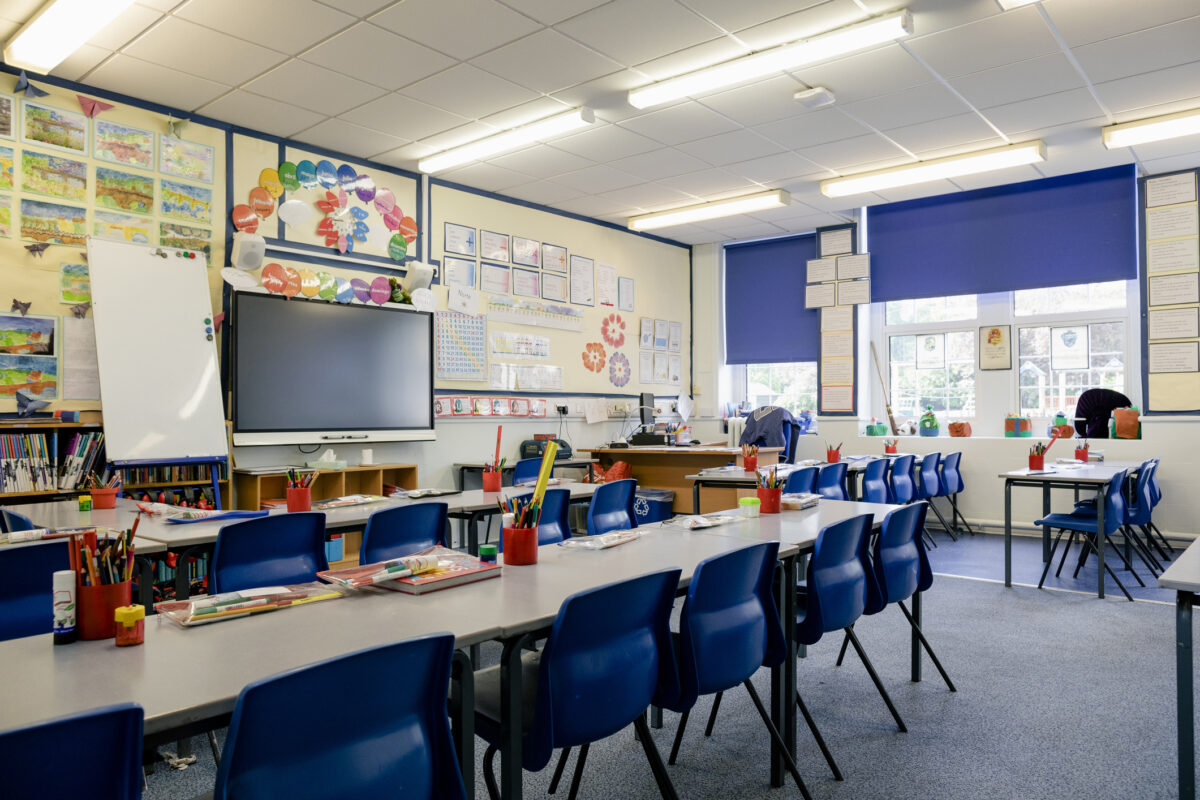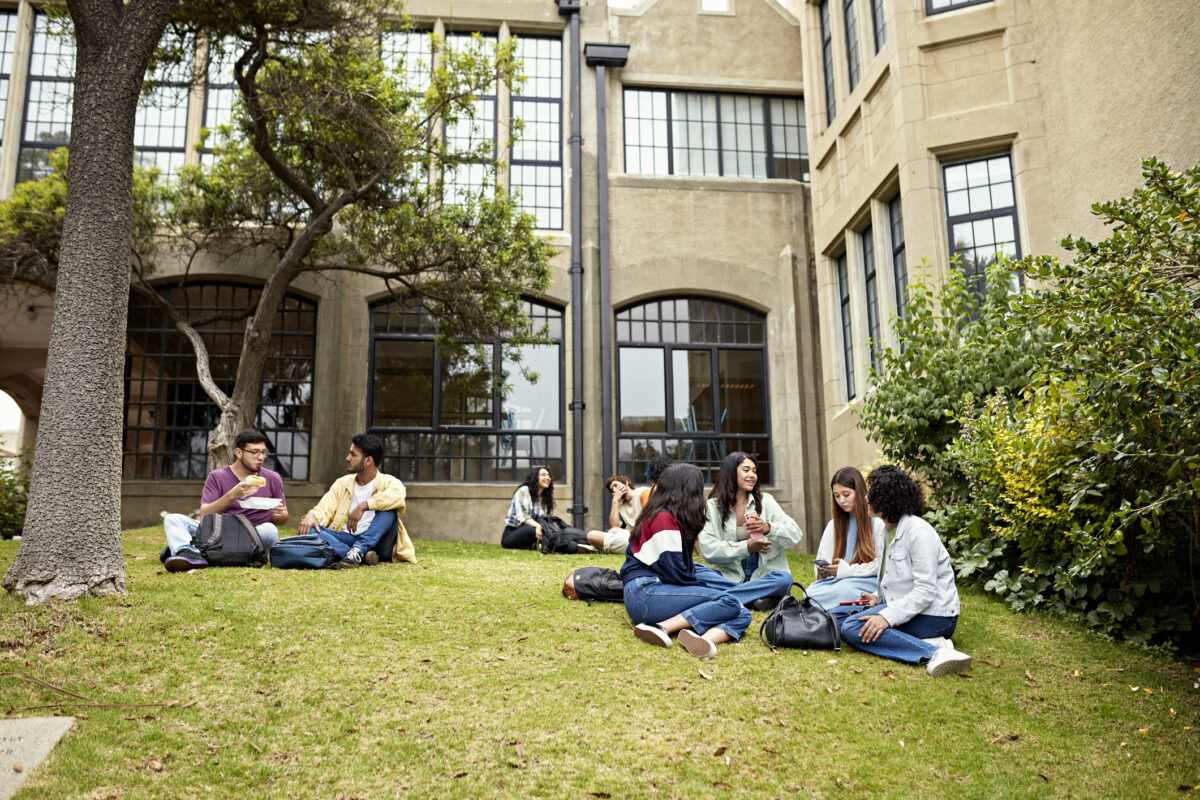Fire engineering in the education sector encompasses the application of fire safety principles and practices within educational institutions such as schools, colleges, and universities. The role of a Fire Engineer is to prevent, detect, and mitigate fire-related risks to ensure the safety of students, faculty, staff, and visitors.
Our Fire Engineers collaborate with architects and construction teams to ensure that educational buildings comply with fire safety codes and standards. This includes designing layouts, selecting materials, employing fire-resistant construction techniques, and proposal of fire detection and suppression systems.

Educational institutions encompass a wide range of building types, from small primary schools to large university campuses with multiple buildings. Each type of building presents unique fire safety challenges, requiring tailored solutions to address the specific risks associated with its use and occupancy.
Schools, colleges, and universities typically have high occupancy loads, with large numbers of students, faculty, and staff present on campus during operating hours. Managing the evacuation of large numbers of occupants during an emergency presents logistical challenges for Fire Engineers.

Educational facilities often incorporate mixed-use spaces, such as classrooms, laboratories, libraries, auditoriums, and recreational areas. Our Fire Engineers must account for the different fire safety requirements and risks associated with each type of space within the same building, making fire safety in education critical.
Student behaviour can significantly impact fire safety in education. Fire drills and evacuation procedures must be practised regularly to ensure that students are familiar with emergency protocols and respond appropriately during an actual emergency.
Educational facilities may experience seasonal variations in occupancy levels, with periods of high activity during the academic year and lower activity during holidays and breaks. Fire Engineers must account for these fluctuations in occupancy when developing fire safety plans and evacuation procedures.
Fire safety measures must be inclusive and accessible to all members of the educational community, including students, faculty, and staff with disabilities or special needs. Fire engineers must ensure that evacuation routes, alarm systems, and other safety measures accommodate individuals with diverse abilities within fire safety in education.
Incorporating new technologies, such as fire alarm systems, notification systems, and building automation, into existing educational facilities can be a challenging part of fire safety in education. Our Fire Engineers must ensure that these technologies are properly integrated and maintained to enhance fire safety without causing disruptions to academic activities.
Addressing these challenges requires collaboration between Fire Engineers, educational administrators, facility managers, students, and other stakeholders to develop comprehensive fire safety in education strategies that prioritise the safety and well-being of everyone within the educational environment. Contact us today to learn more about how our fire engineering services can help address these challenges and keep your educational development safe and following all fire safety in education guidelines.
When you partner with us, you can trust that your education sector project will benefit from our expertise and commitment to excellence in fire engineering.
Contact us today to learn more about how our fire engineering services can enhance the safety and security of your education establishment design.
Let us help you take your education project to new heights.
Services
Policies

FDS Consult UK Limited,152 – 154 London Road,
Greenhithe, Dartford,
Kent, DA9 9JW.
Copyright © 2009 – 2023 FDS Consult UK Limited
Registered Office: 152-154 London Road, Greenhithe, Dartford, Kent, DA9 9JW.
Registered in England: 12601647